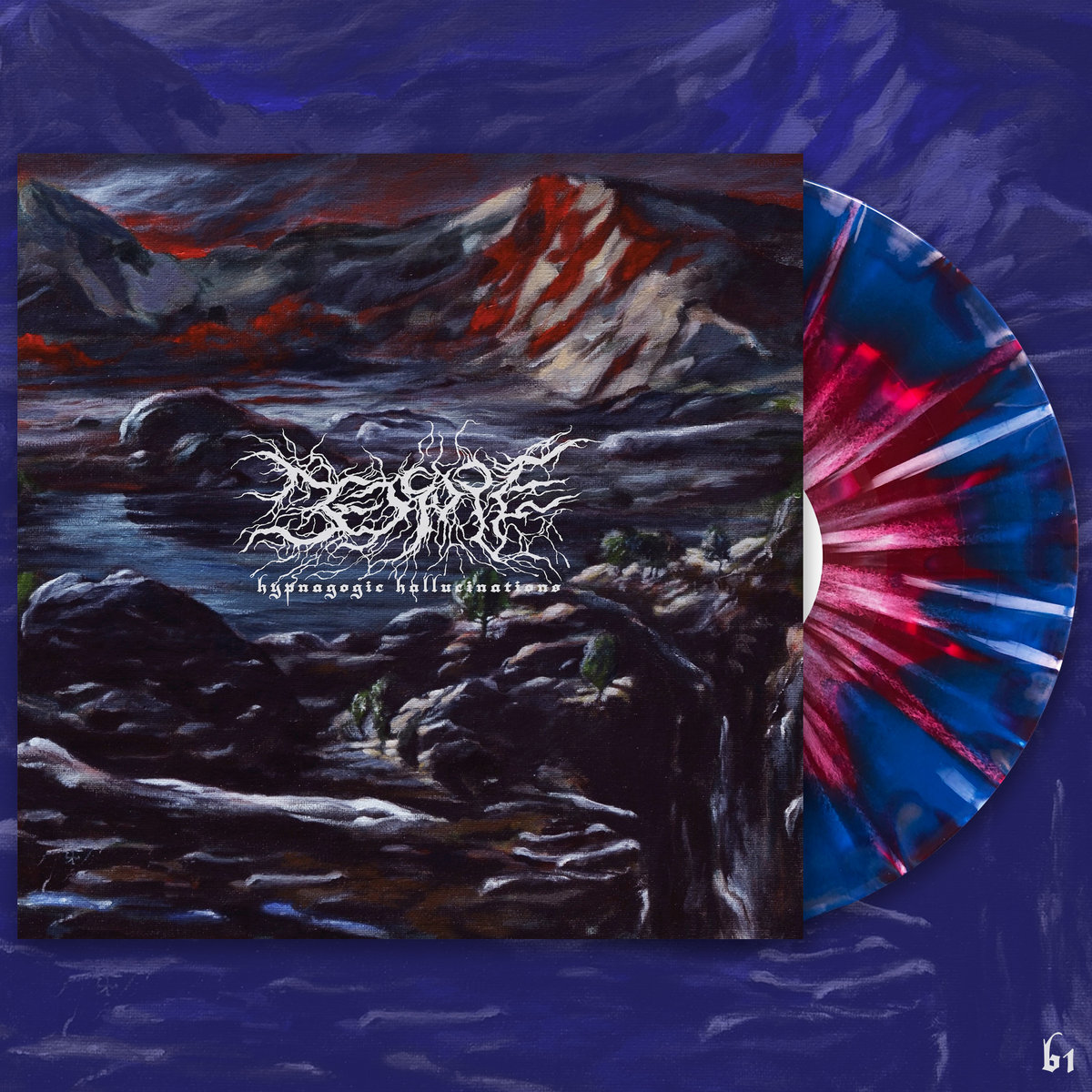
By 1838 the significant relationship between the content of dreams and of hallucinations had been pointed out. A hallucination is distinguished from an illusion, which is a misinterpretation of an actual stimulus.Ī historical survey of the study of hallucinations reflects the development of scientific thought in psychiatry, psychology, and neurobiology. Hallucination, the experience of perceiving objects or events that do not have an external source, such as hearing one’s name called by a voice that no one else seems to hear. SpaceNext50 Britannica presents SpaceNext50, From the race to the Moon to space stewardship, we explore a wide range of subjects that feed our curiosity about space!.Learn about the major environmental problems facing our planet and what can be done about them! Saving Earth Britannica Presents Earth’s To-Do List for the 21st Century.Britannica Beyond We’ve created a new place where questions are at the center of learning.100 Women Britannica celebrates the centennial of the Nineteenth Amendment, highlighting suffragists and history-making politicians.
#Hypnogogic hallucination how to
COVID-19 Portal While this global health crisis continues to evolve, it can be useful to look to past pandemics to better understand how to respond today.Student Portal Britannica is the ultimate student resource for key school subjects like history, government, literature, and more.


This Time in History In these videos, find out what happened this month (or any month!) in history.#WTFact Videos In #WTFact Britannica shares some of the most bizarre facts we can find.Demystified Videos In Demystified, Britannica has all the answers to your burning questions.Britannica Explains In these videos, Britannica explains a variety of topics and answers frequently asked questions.



 0 kommentar(er)
0 kommentar(er)
